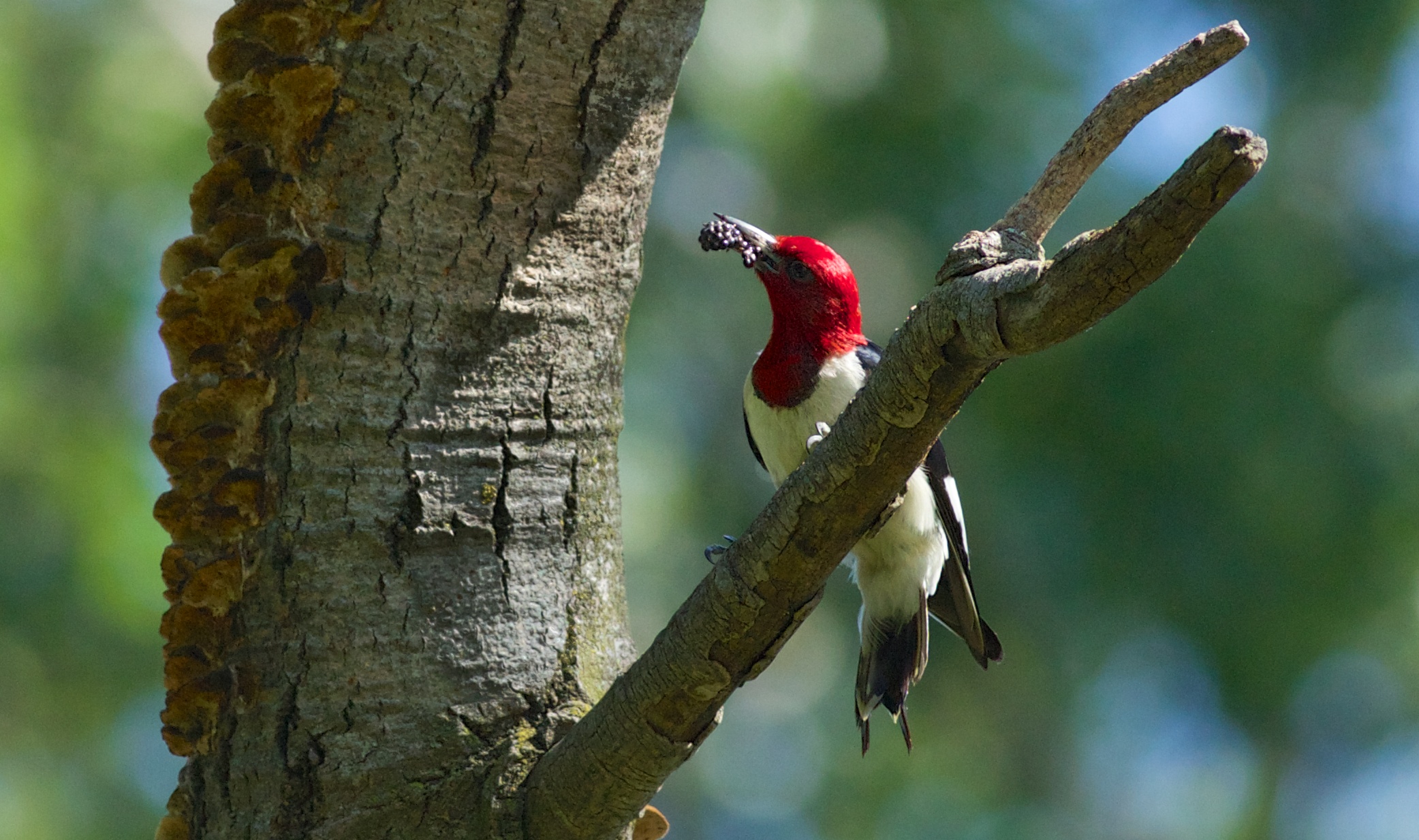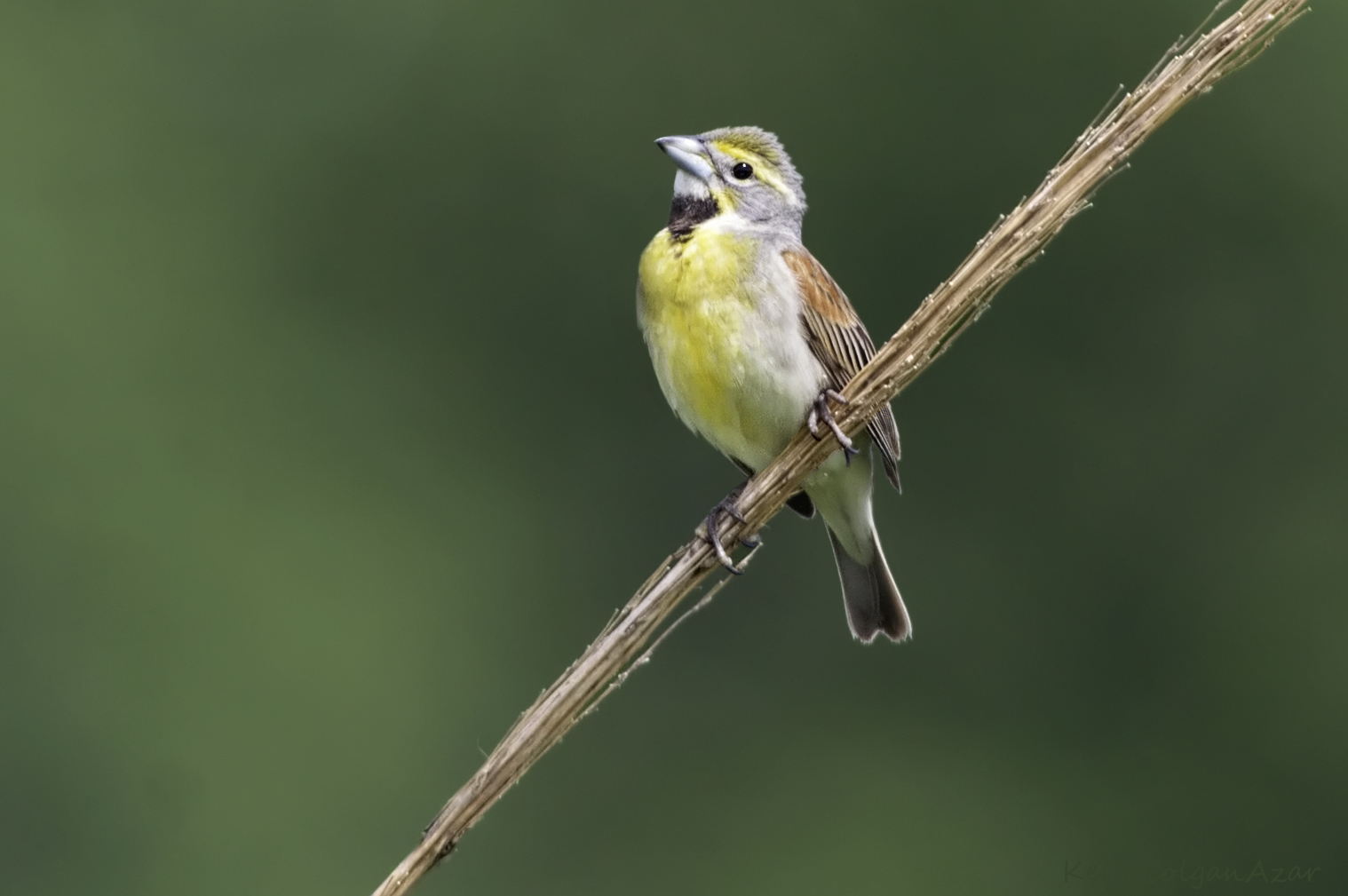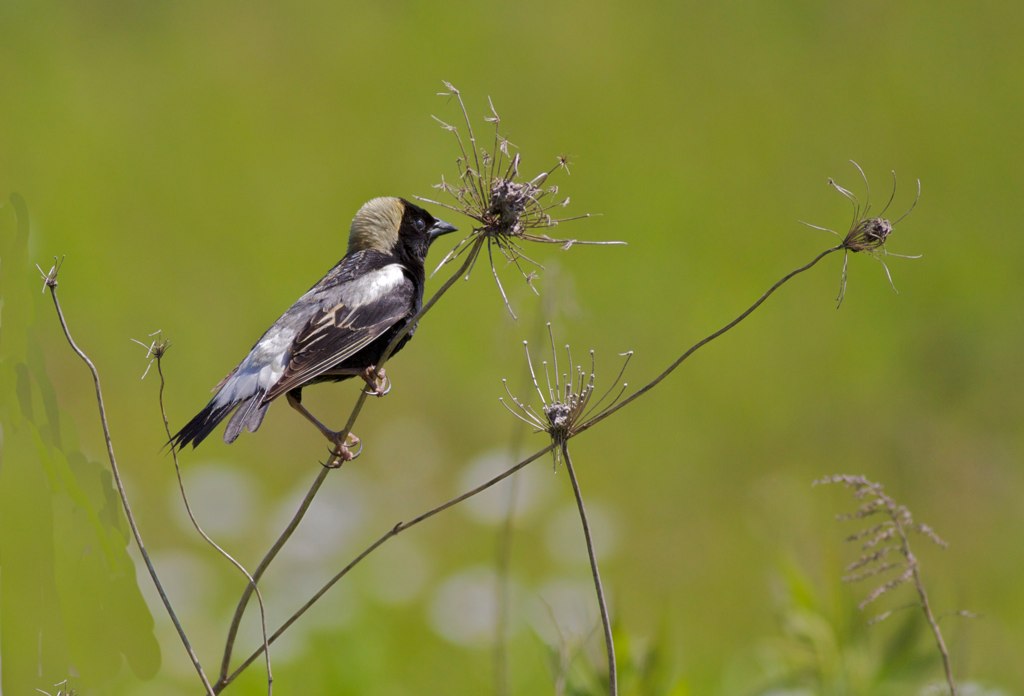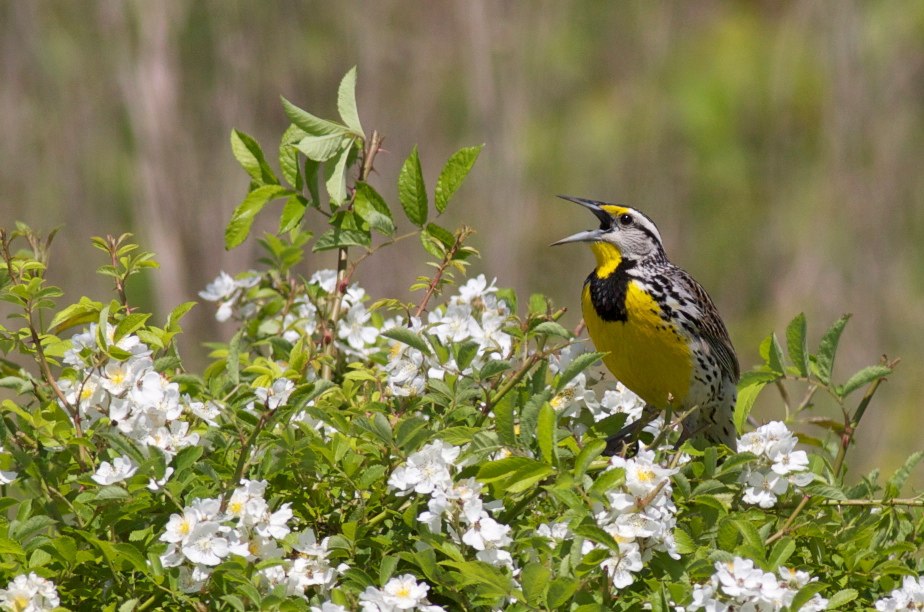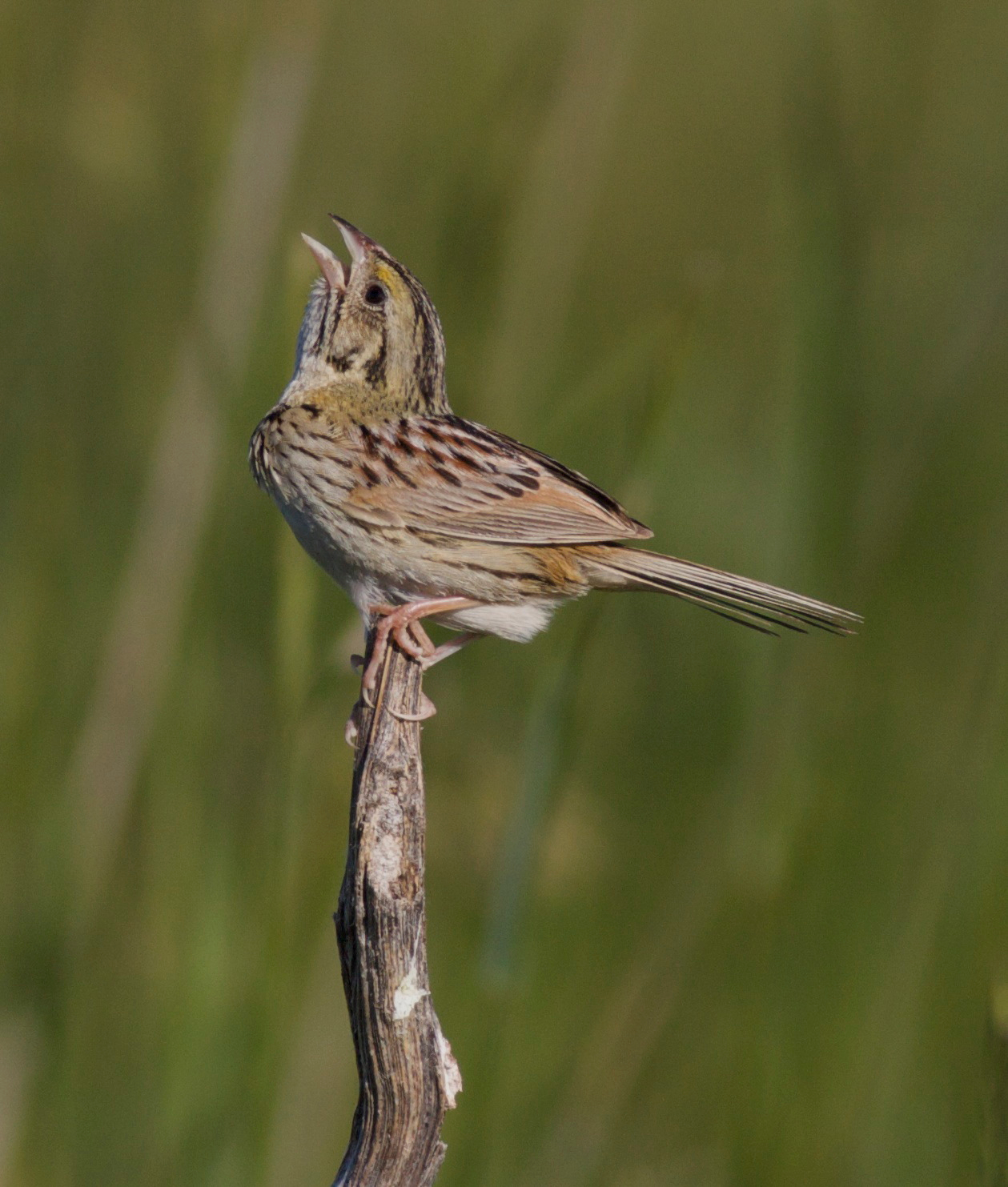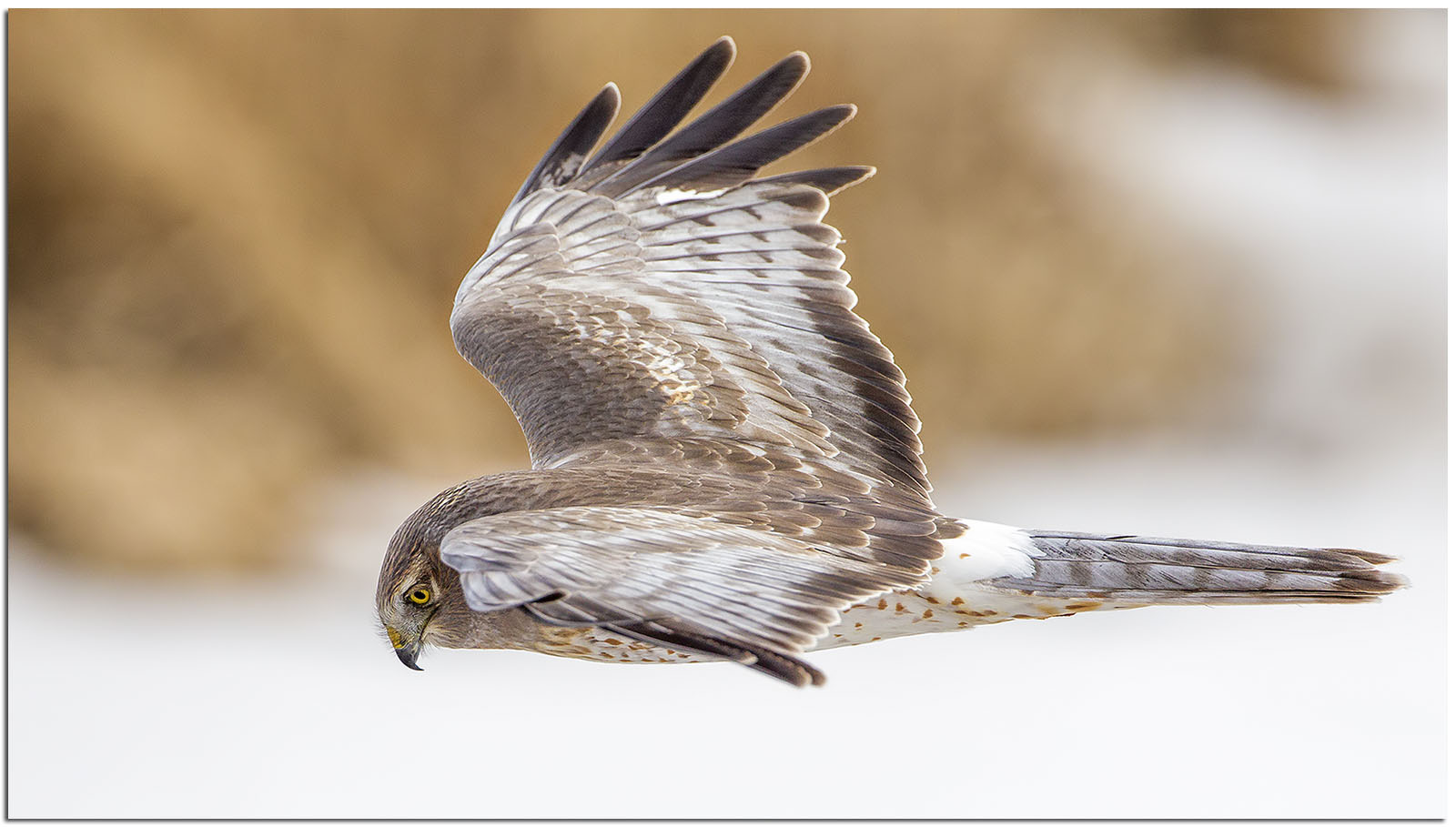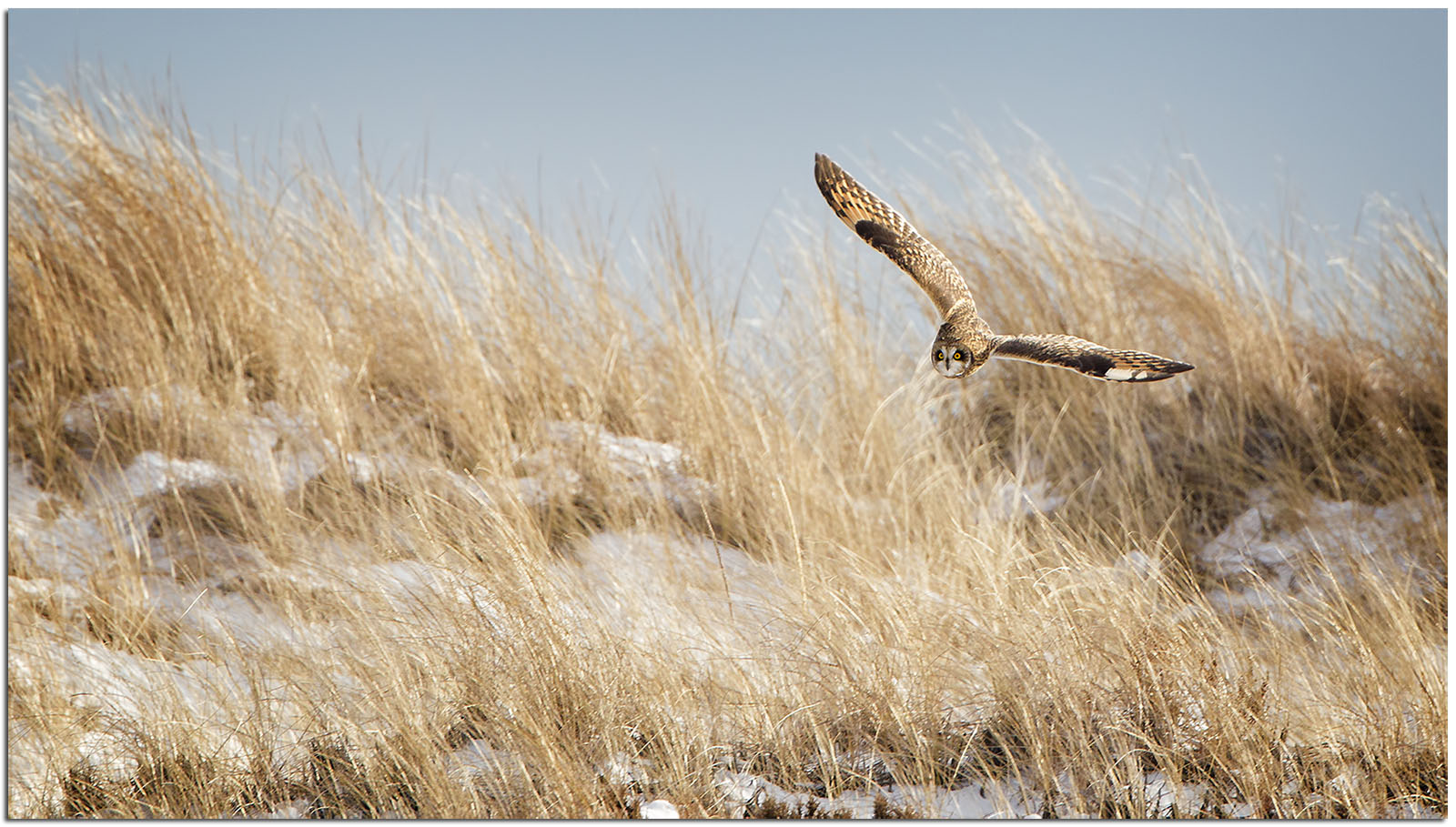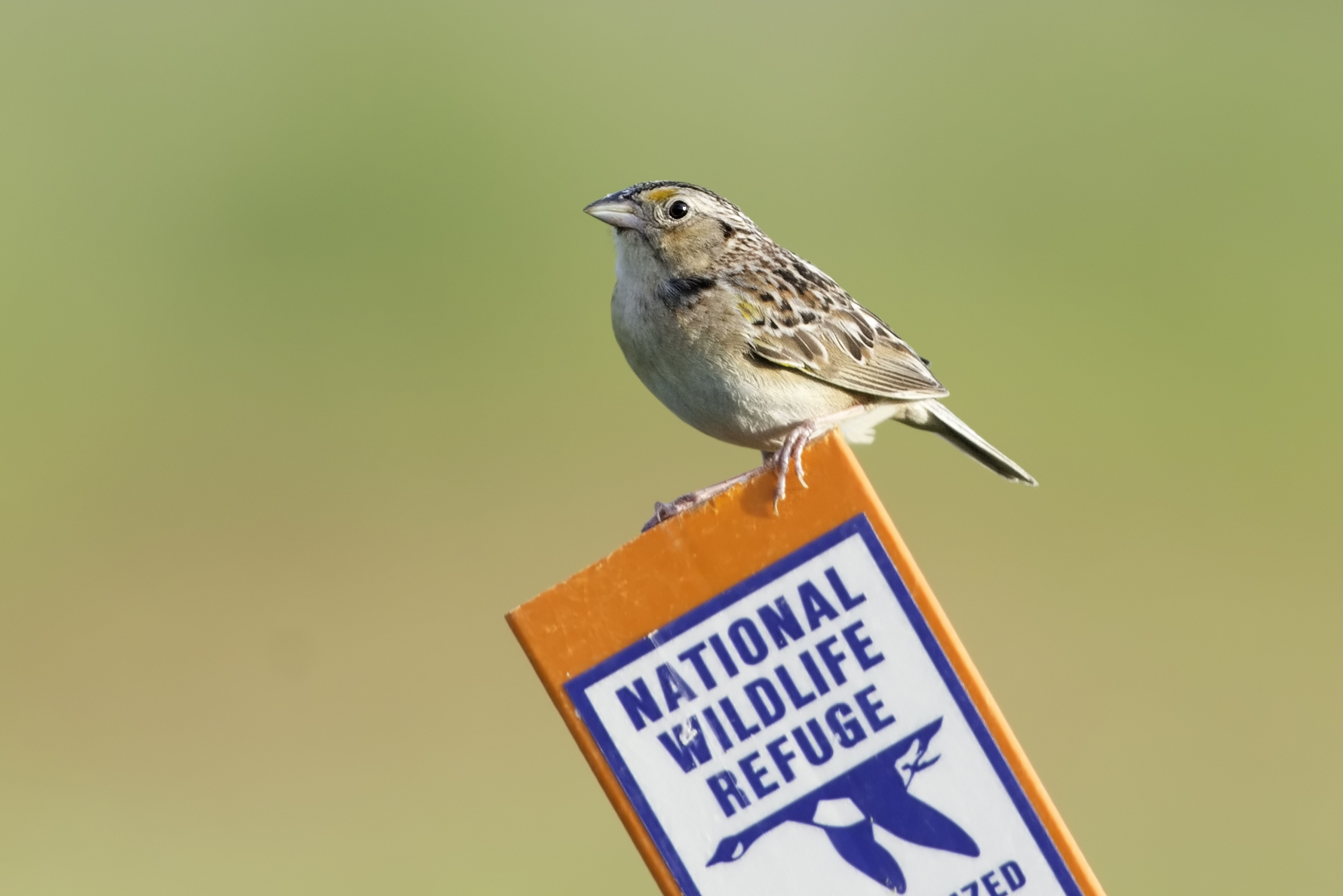The phrase “naked as a jaybird” refers to something especially bared, and morphed from the original phrase “naked as a robin.” Blue jays are born without many feathers, naked, one might say. As the phrase morphed, so too did the preceding adjective, growing to include crazy, mean, and saucy as a jaybird. The slight is obvious in calling someone “crazy as a jaybird,” but the slight to the blue jay might be overlooked. With a reputation that precedes them, blue jays are often scorned by birders who call them thugs and overly aggressive at feeders.
Photo by Eric Begin
Indeed, blue jays have been found to ransack the nests of other songbirds. At feeders, jays have been known to mimic the call of red-shouldered hawks, perhaps to scare other songbirds into thinking a raptor is near. They'll steal feed from squirrels, nuthatches, and woodpeckers, but it is a rather uncommon occurrence.
Blue jays are opportunistic. A majority of their diet consists of acorns, nuts, seeds, grains, and fruits. Insects become an important part of their diet during the breeding season. However, the birds do eat a broad diet including frogs, toads, bird eggs, nestlings, and rarely roadkill or deceased animals.
These birds belong to the corvid family, and accordingly are incredibly smart. Researchers trapping and marking blue jays have difficulty catching the same bird twice. Captive jays have used instruments to pull food from outside a cage to within it. Some blue jays have remarkably learned to pluck ants from a hill, wiping the formic acid of the ants onto their breasts and making the ants digestible. Additionally, blue jays will cache anywhere from 3,000-5,000 acorns each year—relocating a good majority of those acorns.
Photo by Joshua Mayer
Hugely important to the ecosystems of oak savannas and oak woodlands, blue jays have been considered a keystone species for the role they play in dispersing the acorns of oak trees. If each bird “forgets” 5% of its crop, then an oak savanna will nevertheless have thousands of germinating oaks each year. Another mark of genius for blue jays is that they've been shown to discern fertile acorns with 88% accuracy. Other acorns may be infested with fungus, rust, or the acorn weevil, which lays eggs inside the growing acorn that will feed its larvae, which will eventually use long snouts to burrow a hole out of the acorn.
Photo by Robert Nunnally
While oak trees arguably have their own role as a keystone species—allowing sunshine into the understory, fueling fire with combustible leaves, and providing food (acorns) for 150 species of birds and mammals—blue jays are bolted to that same role. Jays allow oak dispersal to an astounding level, as the birds will carry acorns over 2.5 miles away from the source tree. In fact, after the last ice age, oak species dispersed into glacier-torn areas faster than wind dispersed seeds. It is thought that this is due to the dispersing behavior of blue jays.
“What about squirrels?” you might be asking. Squirrels also play an important role, but their dispersal is not as impressive as a blue jay's. The cached acorns of squirrels are most likely to be found within feet of the source tree. However, squirrels play a dynamic role in shaping the composition of the forest or savanna trees. Squirrels prefer to cache red and black oak nuts, while they prefer to eat white and bur oak nuts. This is because the red and black oak nuts are loaded with tannins, and store better for long periods. White oak acorns germinate in the fall and therefore don't keep as well as the red oak acorns. With fewer tannins, squirrels consume white oak treats immediately, and don't cache as many acorns from those white oak species. Even when white oaks are cached, the embryo is often excised.
Photo by Don Miller
Thus, blue jays may help to spread white and bur oak trees since they pick out fertile acorns and often find suitable sites for these acorns while burying them with a small amount of substrate. One study found that blue jays cached 55% of the acorns in a given area, while eating another 20% while they were gathering. Another interesting adaption from the blue jay is its ability to move multiple acorns per trip. The bird accomplishes this by storing some acorns in its “gular pouch” which can hold 2-3 acorns, storing one or two in its mouth, and storing one on the tip of its beak.
Blue jays live monogamous lives and run complex social circles throughout the year. It is thought that some birds recognize each other based on the markings of the face. Jays can be found in most forested habitats throughout Wisconsin, especially somewhere with oak trees. Here at Faville Grove, you can find these fascinating birds throughout the sanctuary, but they've been especially abundant in the ledge savanna where you’ll find them plucking acorns.
Written by Drew Harry, Faville Grove Sanctuary land steward
Cover photo by Eric Bégin FCC













